-
Posts
45 -
Joined
-
Last visited
Content Type
Profiles
Forums
Blogs
Gallery
Events
Store
Posts posted by AndresT
-
-
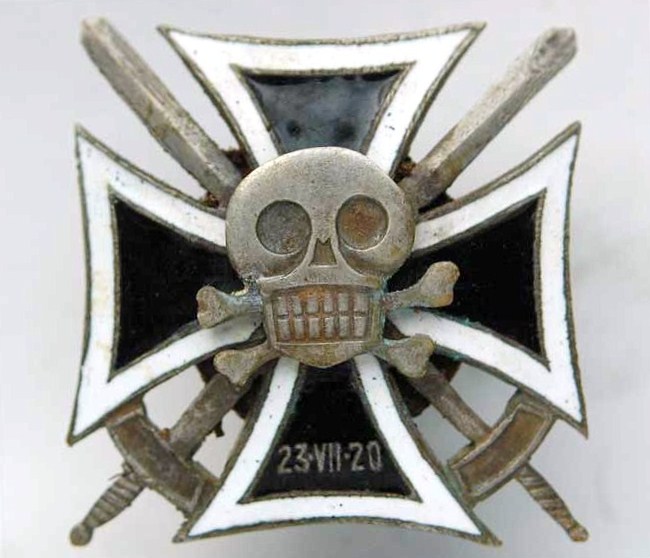
Bulak - Balachowicz skull badge, 1920


Latvian Latgale Partisan Battalion Est. 1919
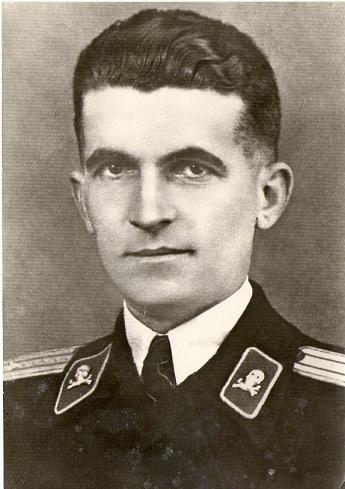
Bulgarian Army also was used the Totenkopf in Tank Brigades.
0 -
These are Estonian Kuperjanov (Partisan) Battalion items. 1918 - present days.
Officer & soldiers during Estonian War of Independence 1918-1920
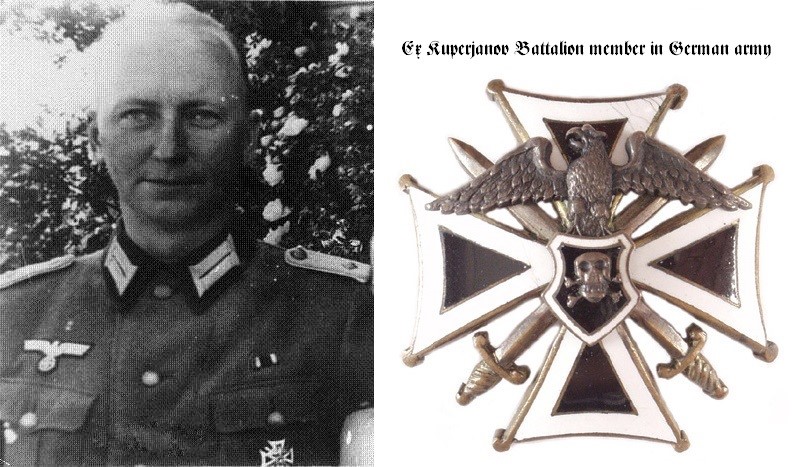

Soldier hat skull & Officer skull
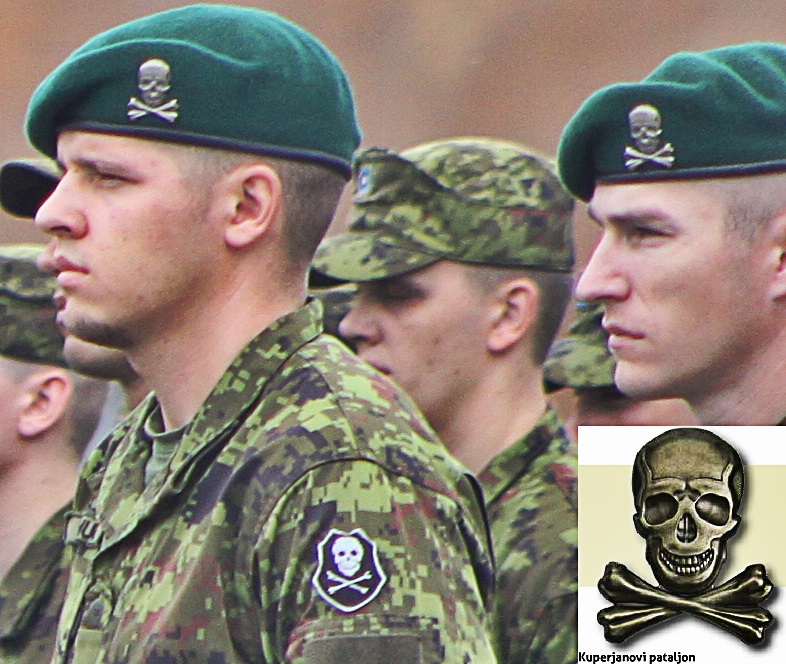
Sport pin
Flag
0 -
-
File Name: Why Did Gallipoli Fail? Why Did Albion Succeed? A Comparative Analysis of Two World War I Amphibious Assaults
File Submitter: AndresT
File Submitted: 12 Nov 2014
File Category: Germany
Why Did Gallipoly,allipoli Fail? Why Did Albion Succeed? A Comparative Analysis of Two World War I Amphibious Assaults
By Major Gregory A. Thiele
The First World War witnessed very few amphibious assaults. The British
conducted a well-known landing at Gallipoli in 1915, which was a heartbreaking
failure. The Germans also conducted an amphibious assault in
1917 in the Baltic. Although this German landing, codenamed ALBION,
was successful, it has been nearly forgotten. Both Gallipoli and ALBION
are fascinating in their own right, but they prove most illuminating when
compared. Examination of both operations reveals that the decisions
made before each operation began, before a single soldier set foot on
shore, largely determined the outcome of the campaign.
The aim of this essay is to investigate the reasons for British failure at
Gallipoli and German success in the Baltic. This essay will essentially be
divided into four parts. The first part will describe the failure at Gallipoli.
The second part will analyze OPERATION ALBION, a campaign with
which many will be unfamiliar. The third part of the essay will discuss the
factors that made Gallipoli distinctive from ALBION and which may
have contributed to the outcome of each. The fourth part of the essay
will compare aspects of the two amphibious assaults.
The Dardanelles had been a target of interest for the British Royal Navy
from the outset of the First World War. The Ottoman General Staff
realized this and had improved defences guarding the Straits, and “At no
time after 17 August 1914 (two and a half months prior to the outbreak of
hostilities) were the Dardanelles defences unready to receive an attack.”1
The Royal Navy had conducted a first, tentative bombardment of the
Turkish forts at the entrance to the Straits on 3 November 1914. The
action “thoroughly alarmed the Ottoman general staff … [and] accelerated
the program of fortification and defensive improvements.”2 The Turks,
more alert than ever, would be ready when the Royal Navy returned in
mid-March 1915.
The...
0 -
He had Türkish Gallipol Star (Harp Madalyası) too.
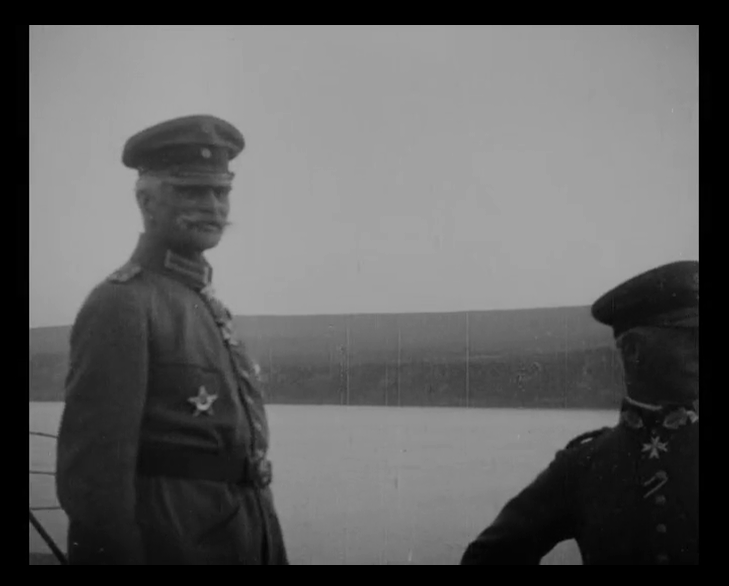 0
0 -
Sorry but i cant see ribbon bar there. It may be part of his hussar uniform.
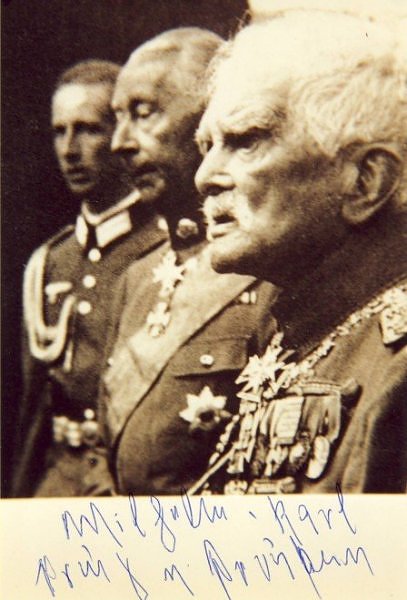 0
0 -
Here is a link to a picture that shows a long, post war bar but the resolution is not good enough to see detail. It's typical of the photos I've found: too small to be useful.
I know this photo. But i don't see ribbon bar there. My english is not good but maybe we think different things? Medal bar and ribbon bar. My mistake! But still i haven't seen post-war pictures where he wearing ribbon bar. Ribbon bar = whitout medals, only ribbons.
0 -
There are post-war photos of him in full-dress where he appears to be wearing his medal bar but the resolution isn't good enough for me to make them out, except for the 1870 EK2.
Can we see them? Resolution is not problem. Just want to see when and where he wearing it.
0 -
What year was this photo? I wonder how often he wore only his uniform left the neck badges off.
Von Mackensen as Commander-in-Chief of the 11th Army in Galicia in his quarters in the field. So it must be 1915.
Any photos/list of medals on his seldom-worn medal bar?
Some of few images i have seen where he wears ribbon bars. On his regular hussar uniform he didn't wore them. (Am i right?)
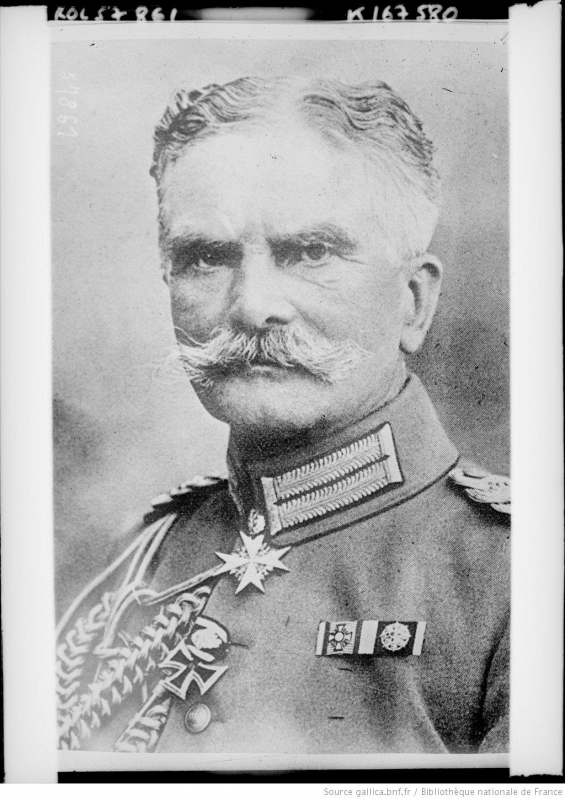
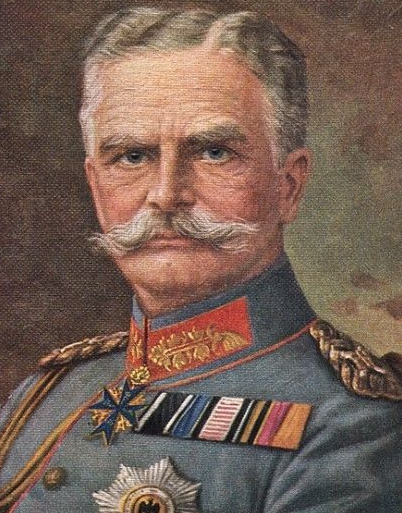
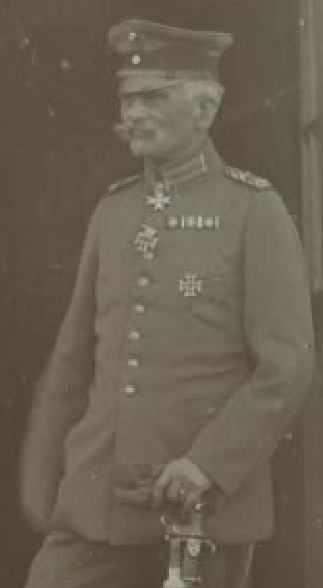
 0
0 -
OK! I see. Thanks!
 Mostly they are with higher numbers, end of war releases.0
Mostly they are with higher numbers, end of war releases.0 -
Originals
Could be especially since (most likely) both were found near remains of the hero by some "black digger" ...
We have serial numbers and maybe someone can check when and where he died.
And how rare is that one person get at same time two "Za Otvagu" medals? It's weird to me. Why they don't give him some higher medal or order?
0 -
http://gmic.co.uk/uploads/monthly_06_2014/post-14524-0-36012600-1403795577.jpghttp://gmic.co.uk/uploads/monthly_06_2014/post-14524-0-71613300-1403795235.jpg
What You think about these "Za Otvagu" medals? Must have belonged to one person. They have the sequential serial number!
So who was the owner and what they are worth?
Thank You!
0 -

It's a very nice miniature, i like it. But as you can see, something is still missing. If you want to make a perfect thing then it needs radical researching...
0 -
Hi!
Thank you Uwe!
I found it too in this book. I still belive in Google too :-)
Somebody have bigger version of this Coat of Arm? I'm interested. It's from book "Feldmarschall v. Mackensen . Festschrift zum 80. geburtstag" , Berlin 1926.
0 -
This is GFM von Mackensen Coat of Arms.
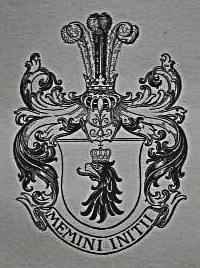
What mean this latin phrase: MEMINI INITII? I have search answer but not find nothing. Google is not almighty yet...
 0
0 -
-
Is that a French Medaille Militaire on the right?
Yes it is!
0 -



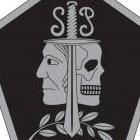
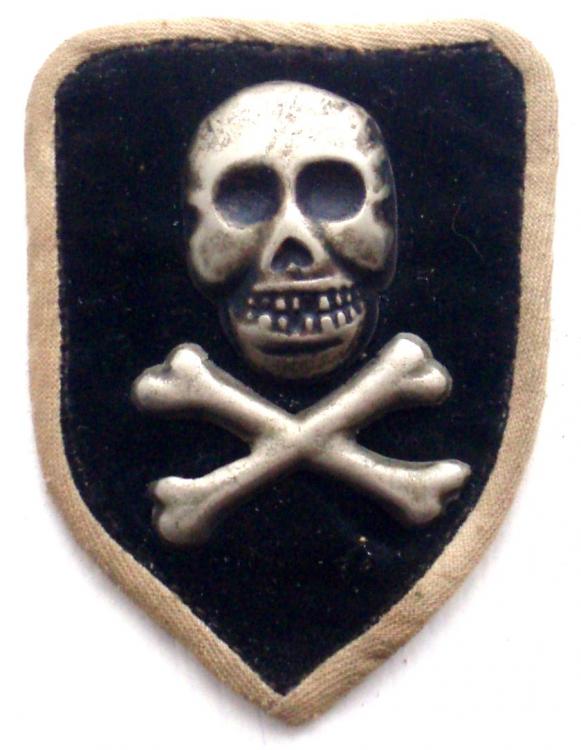
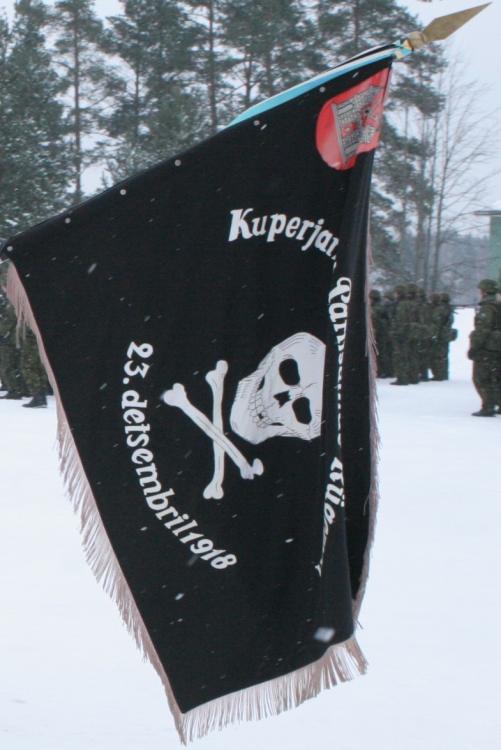

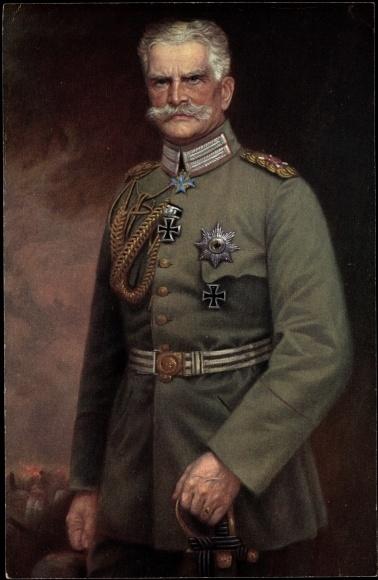


Freikorps Insignia
in Germany: Weimar Republic & Deutsche Freikorps
Posted
Symbols of Freikorps in Latvia: http://uniformologija.lv/raksts/brivkorpusu-simbolika/